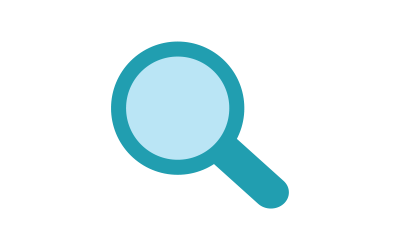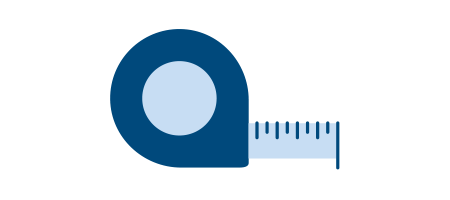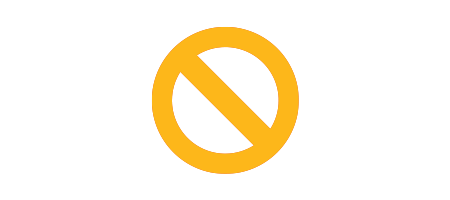How to Treat a Burn
Find Your Care
We offer a variety of treatments to promote healing and recovery after a burn injury.
Call 818-676-4511 to learn more about the UCLA Health Regional Burn Center Outpatient Clinic.
Burns can vary in severity, and knowing when to seek medical attention is crucial for proper care. Factors like the location, size, depth, and signs of infection can help determine if professional treatment is needed. Use this guide to assess your burn and take appropriate action to ensure your health and safety.
When to Seek Medical Attention

Where is your burn?
Is the burn is on your face, ears, eyes, hands, feet or genital area?

How deep is your burn?
Is it red, blistered, swollen and very painful? It may be a second-degree burn.
Is it whitish, charred or translucent? Is the skin peeling off, with minimal sensation in the area? It may be a third-degree burn.

How big is your burn?
Does the burn cover more skin than the size of your hand, or does the burn go all the way around your arm or leg?

Is your burn getting worse?
In 2-3 days after a burn, is it getting more painful or increasing in redness or swelling? Is the skin darkening on the burn site?

Is your burn infected?
Is it red, swollen, giving off a bad odor or oozing liquid? It may be infected.
Initial First Aid for Burns at Home
Tips
- Stop the burning process. Cool burn with running (not cold) water for at least 5 minutes. Sterile water not necessary.
- Remove all jewelry, watches, rings and clothing around the burned area as soon as possible.
- Administer an over-the-counter pain reliever, such as ibuprofen or acetaminophen, for pain control. Follow the directions on the label.
- Cover the burn with a sterile gauze bandage or clean cloth. Wrap the burned area loosely to avoid putting too much pressure on the burn tissue.
- Minor burns will usually heal without further treatment.
- For a small burn (the size of a person’s hand or smaller), apply soothing lotions that contain aloe vera to the burned area to help relieve the pain and discomfort.
- Seek medical attention if there is a persistent fever not relieved by medication, or redness that extends beyond the border of the burn, or the pain is not controlled by ibuprofen or acetaminophen.
- Drink plenty of fluids (electrolyte-containing solutions, such as sport drinks) if the person appears dehydrated.
Facts
- Do not apply ice — this may further damage to the skin. Do not over cool! If victim starts to shiver, stop the cooling process.
- Do not use any butter, ointments or other home remedies on the burn. This may trap heat in the tissue and make the burn worse.
- Do not break any blisters — leave intact. Blisters may rupture over time — this is normal.
- Do not delay seeking medical attention if the burn is larger than the size of the person’s hand.